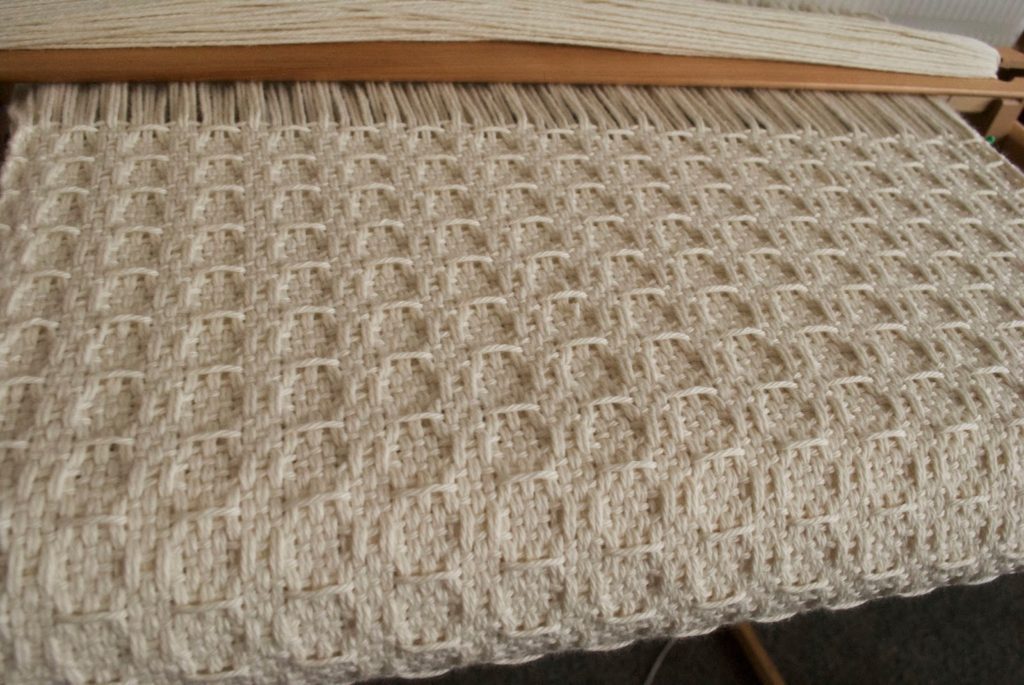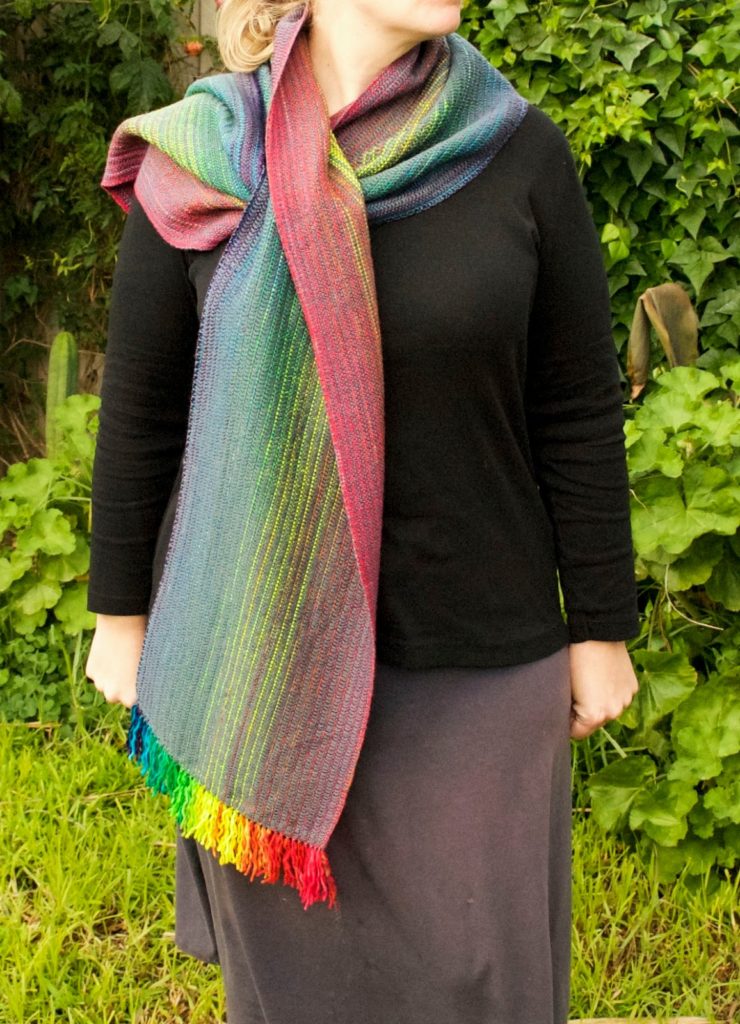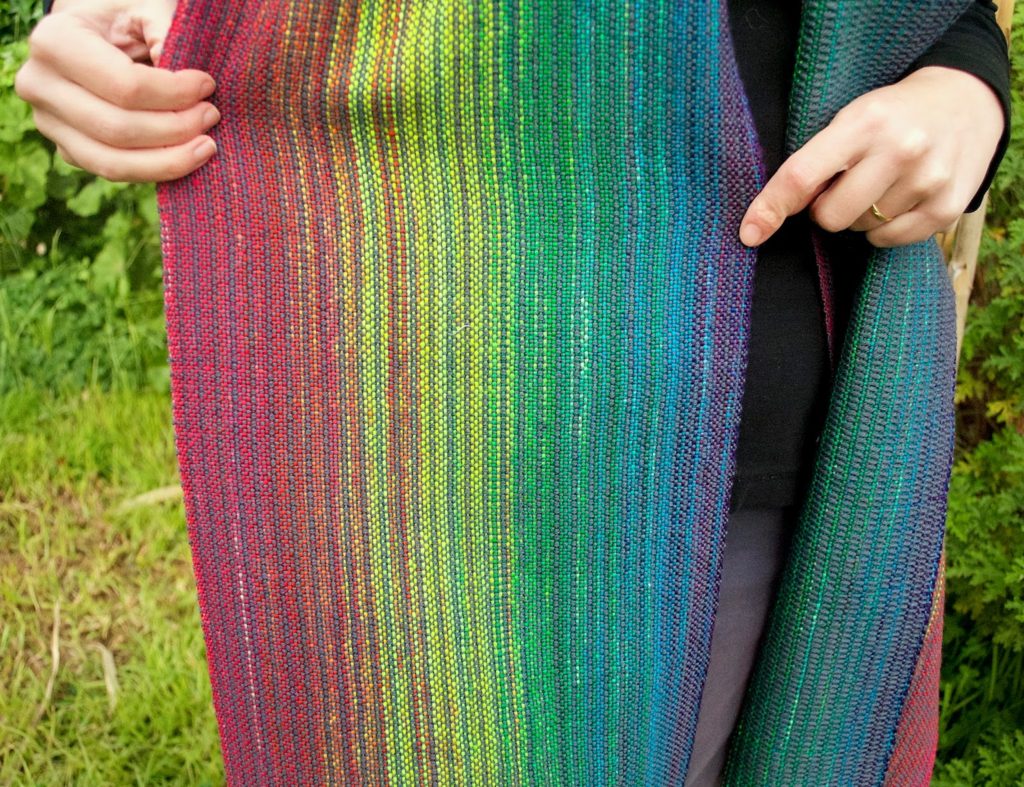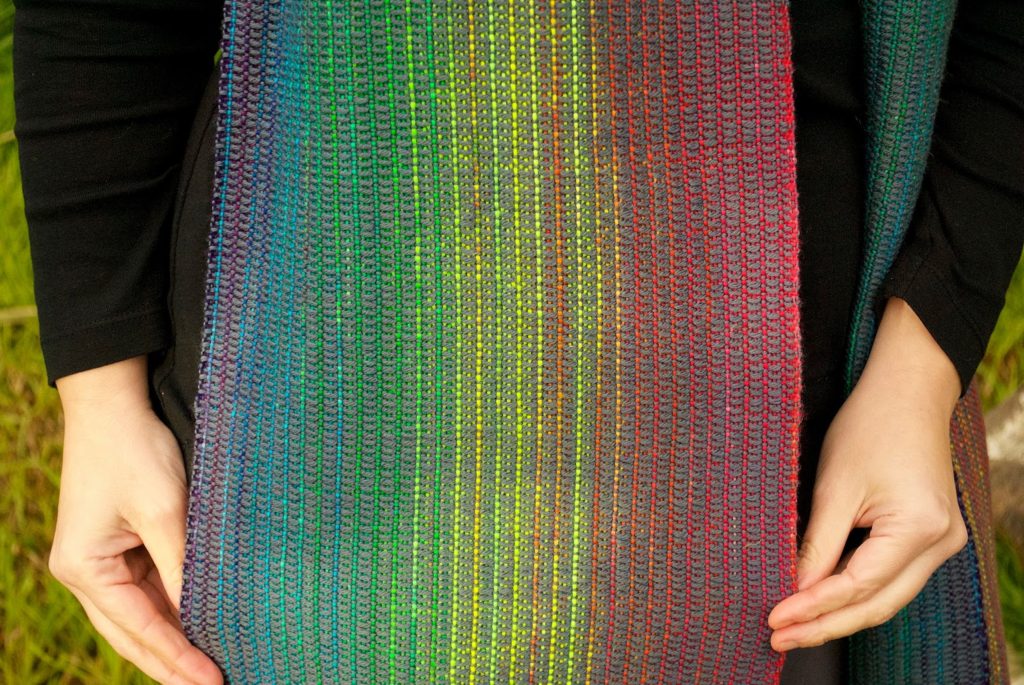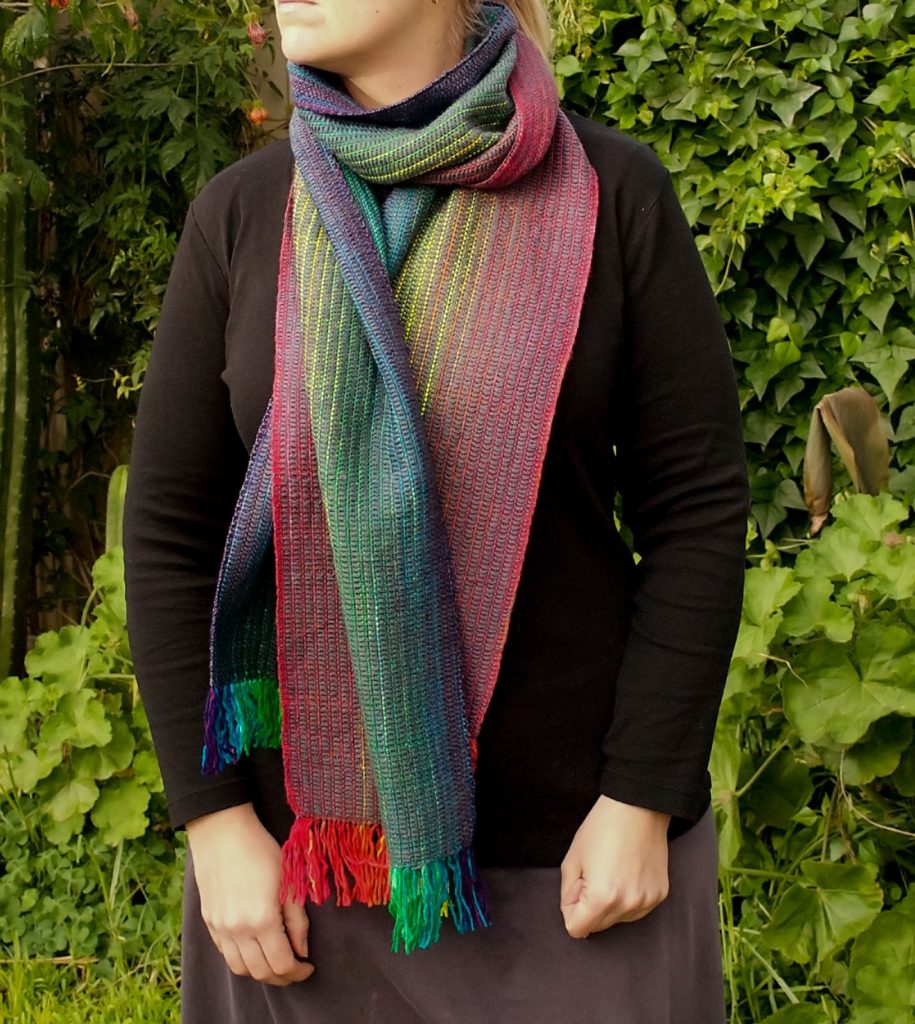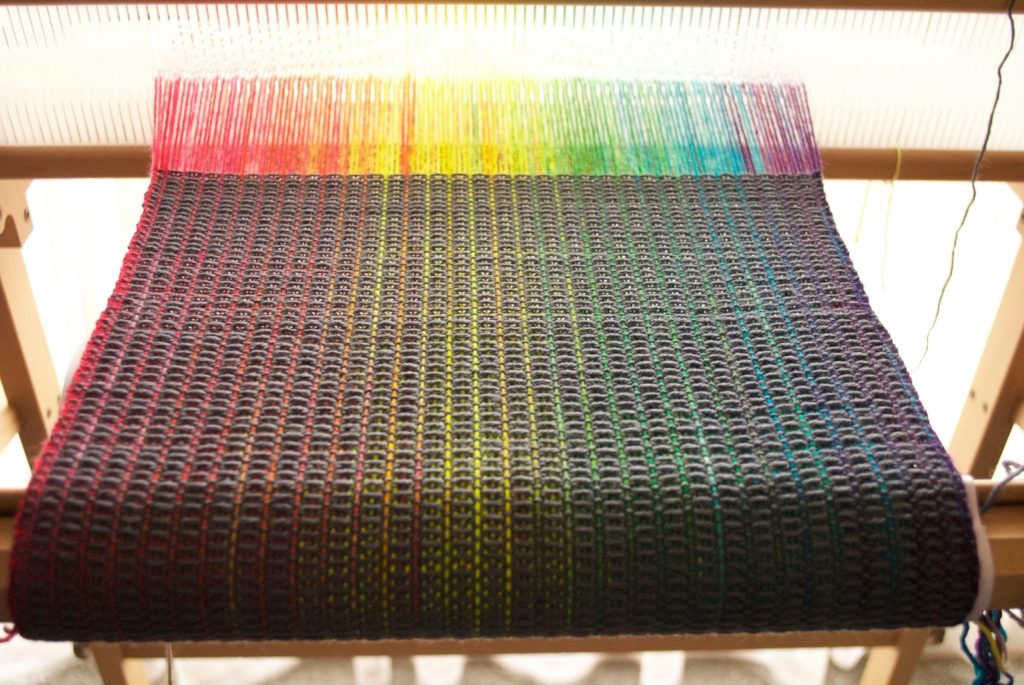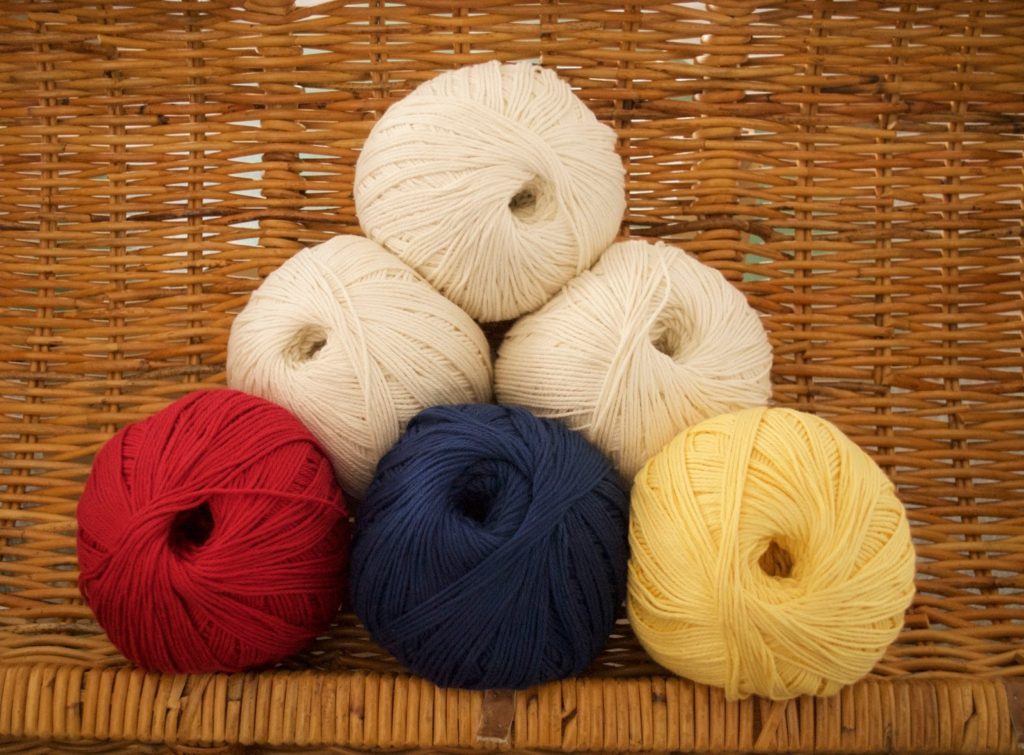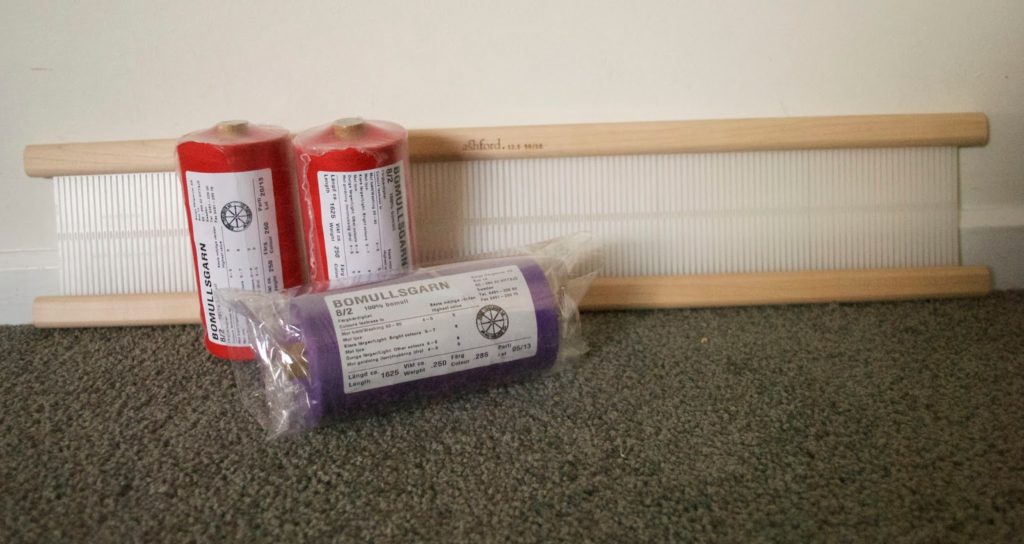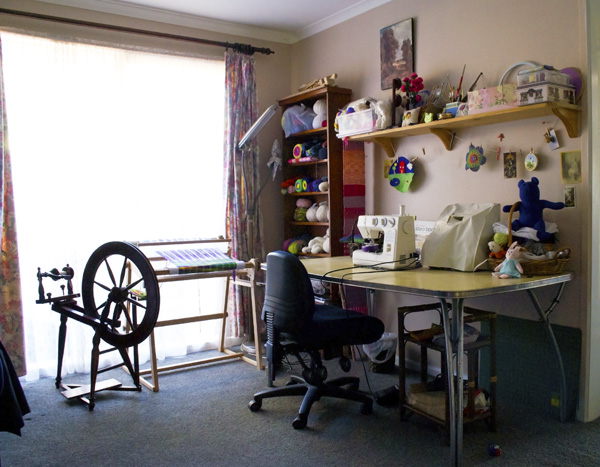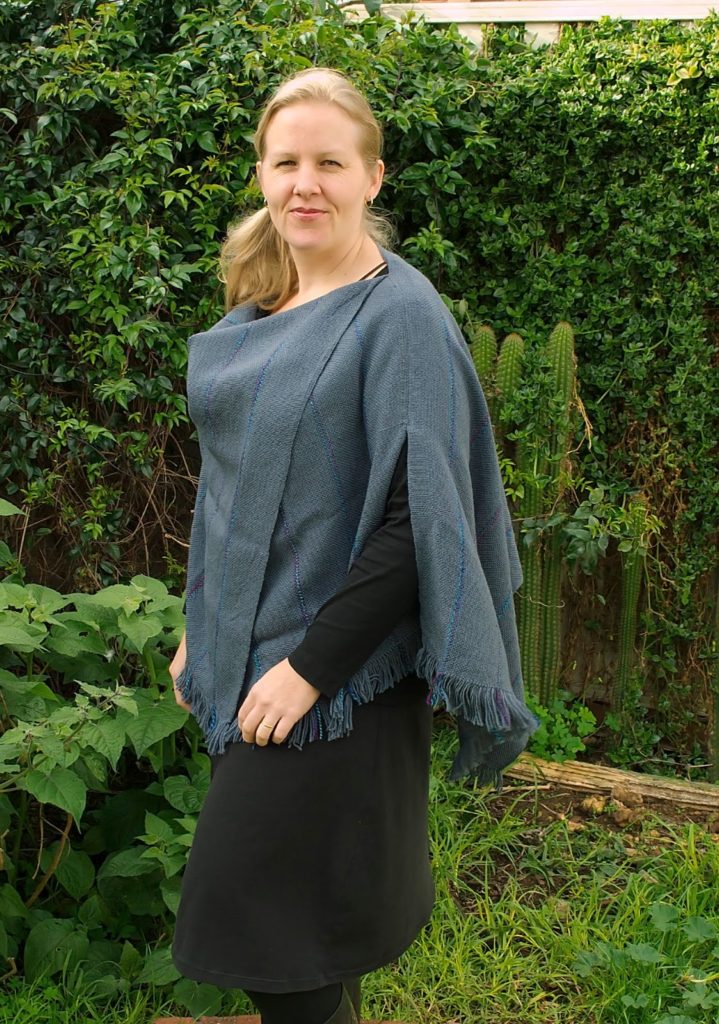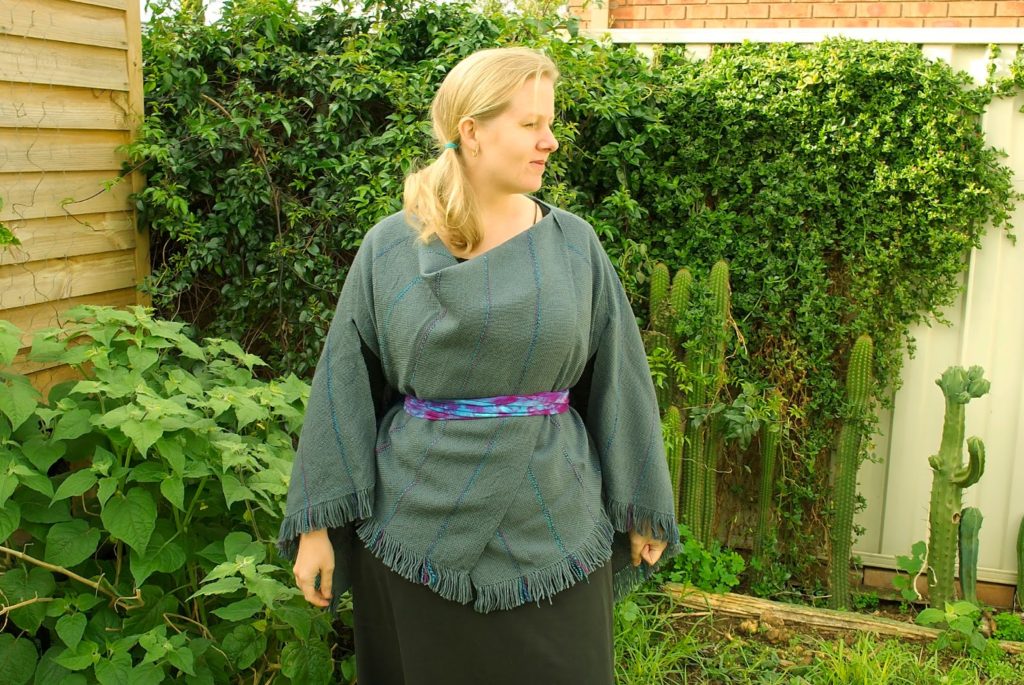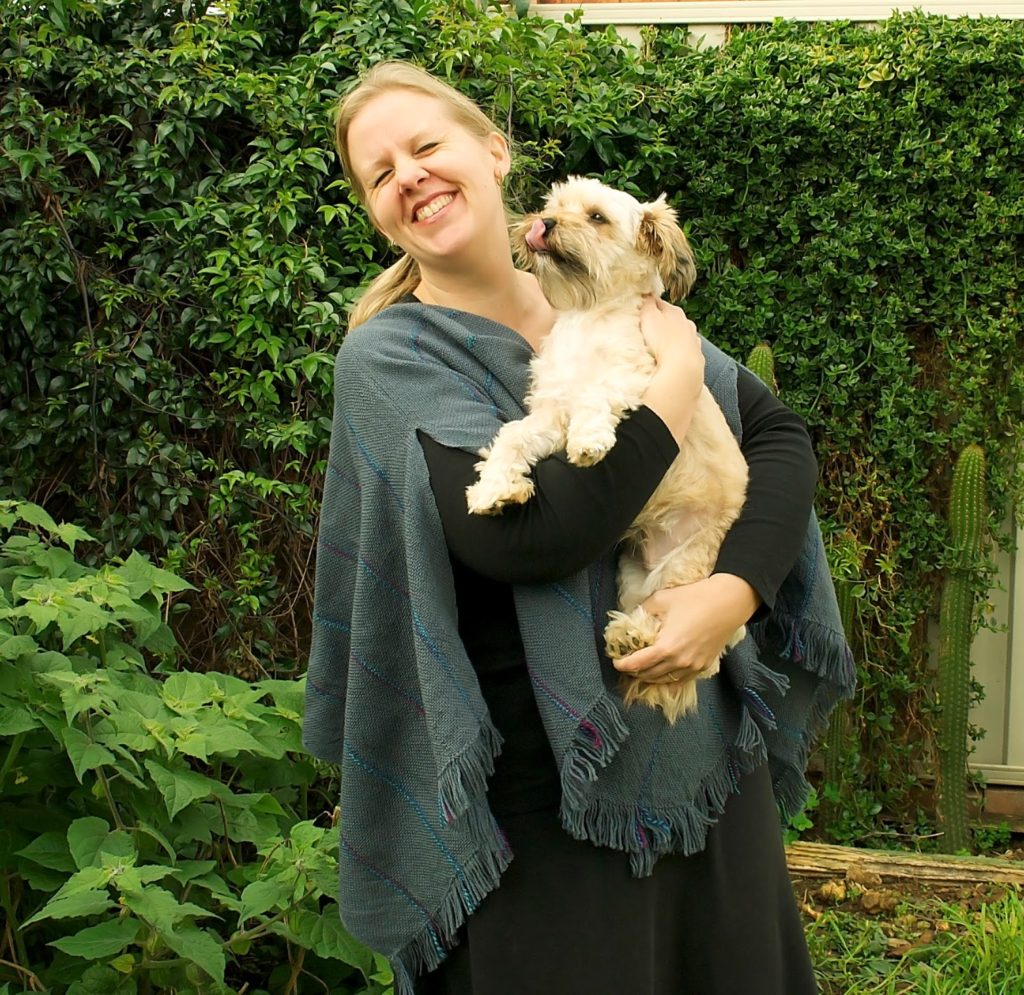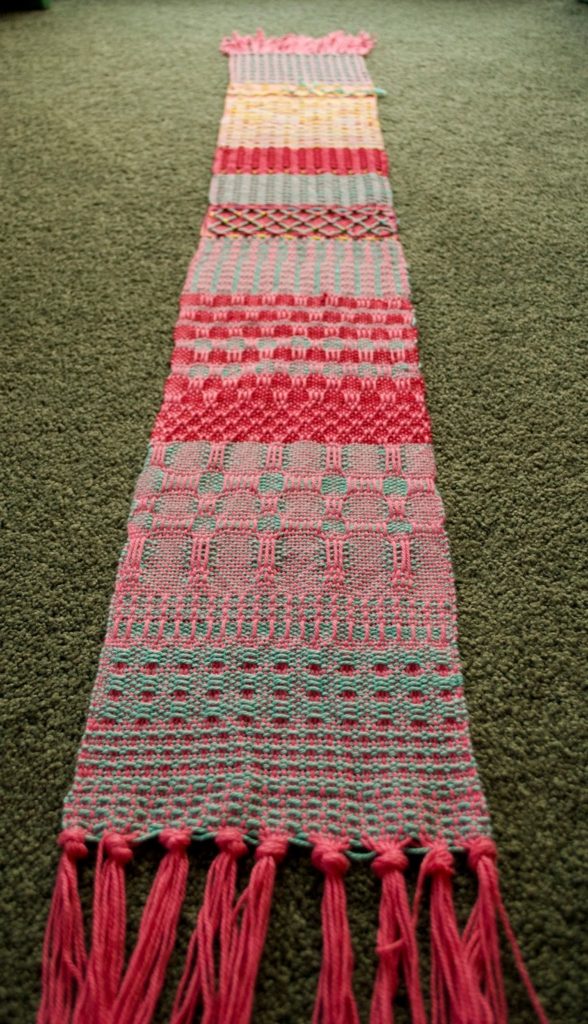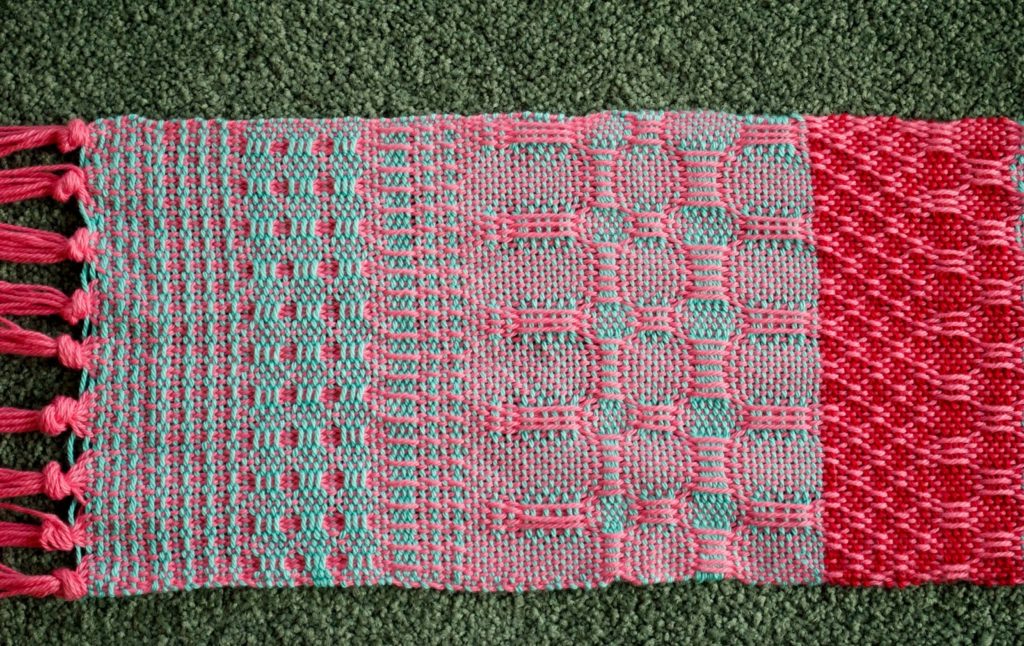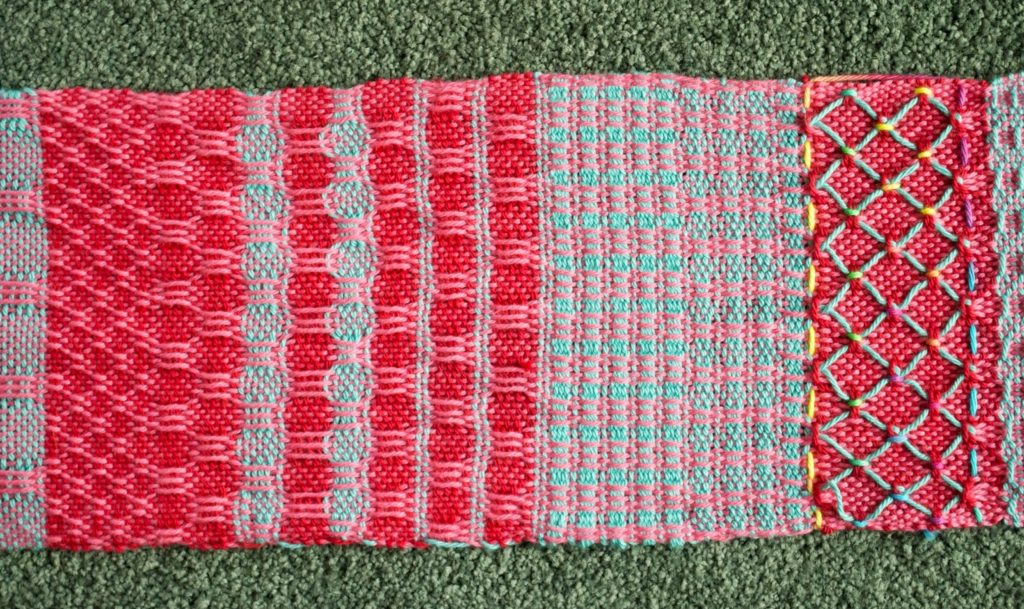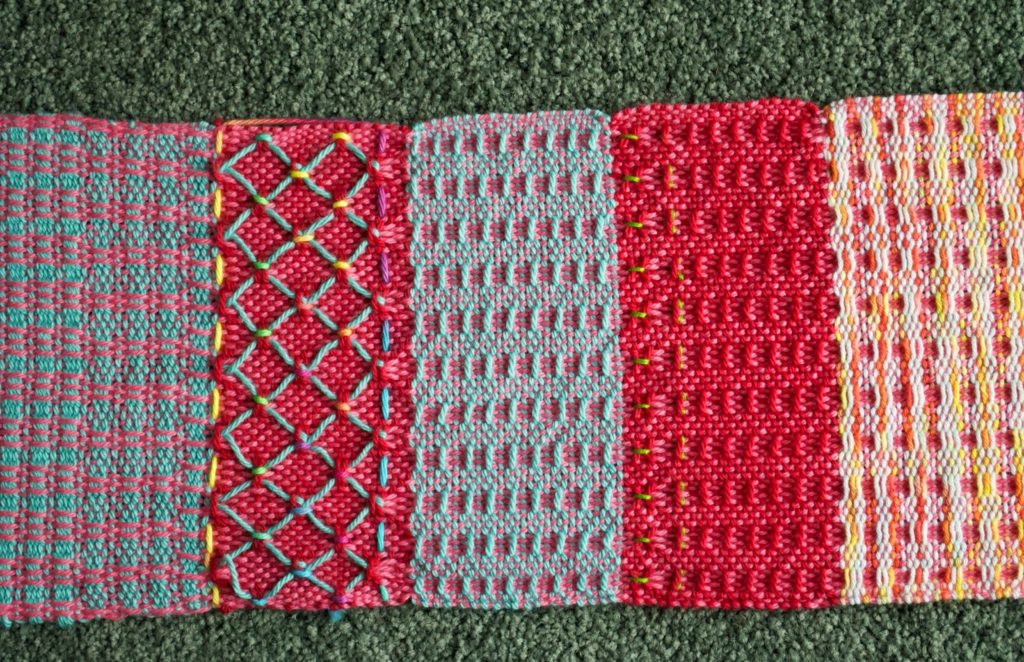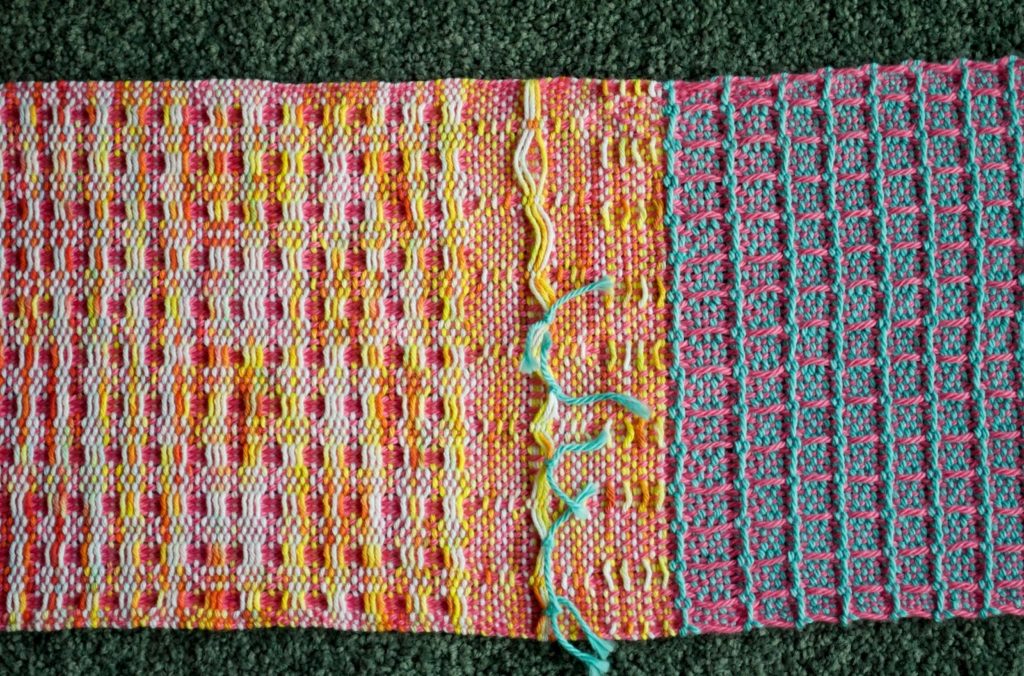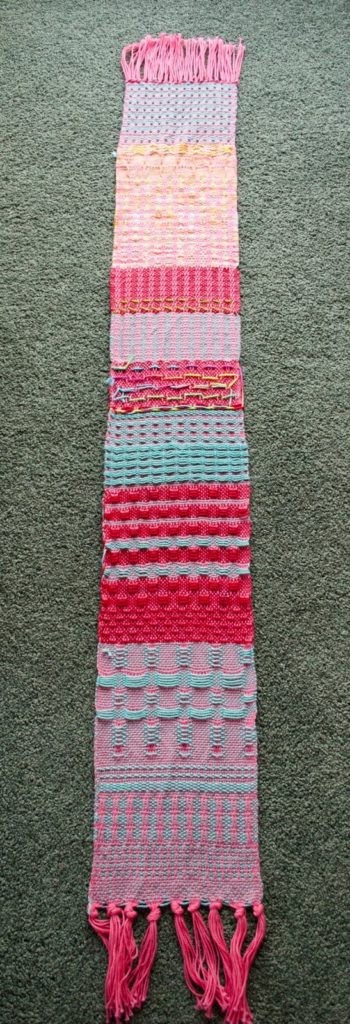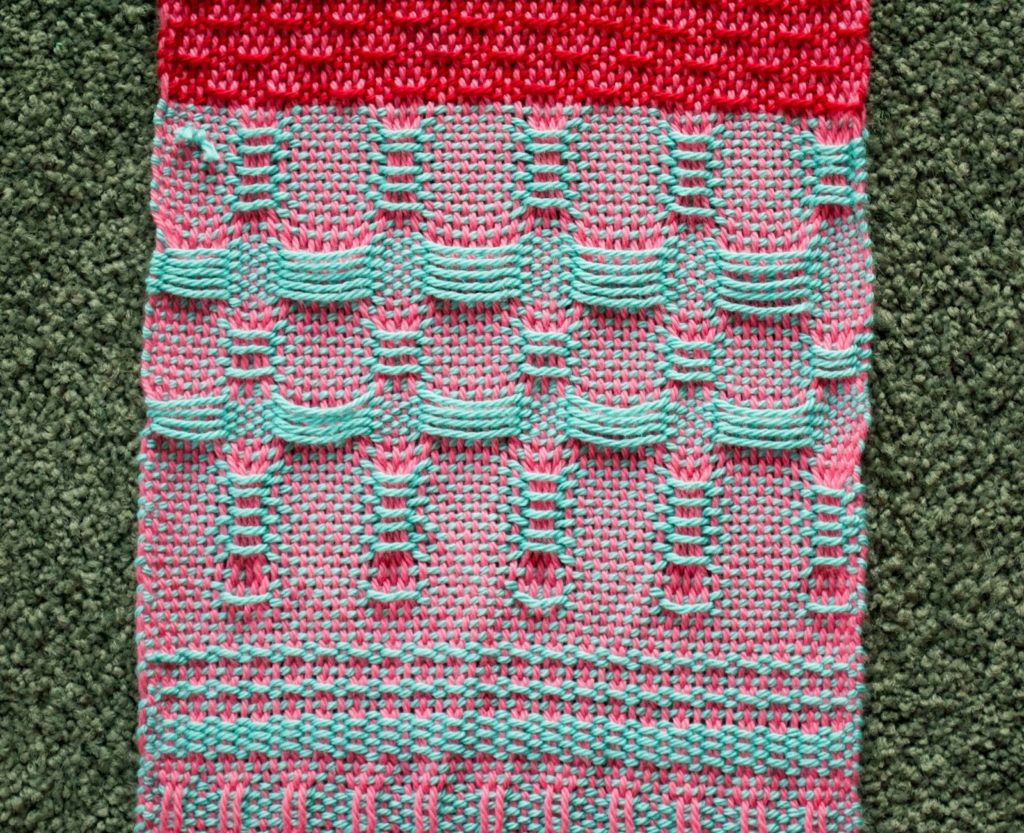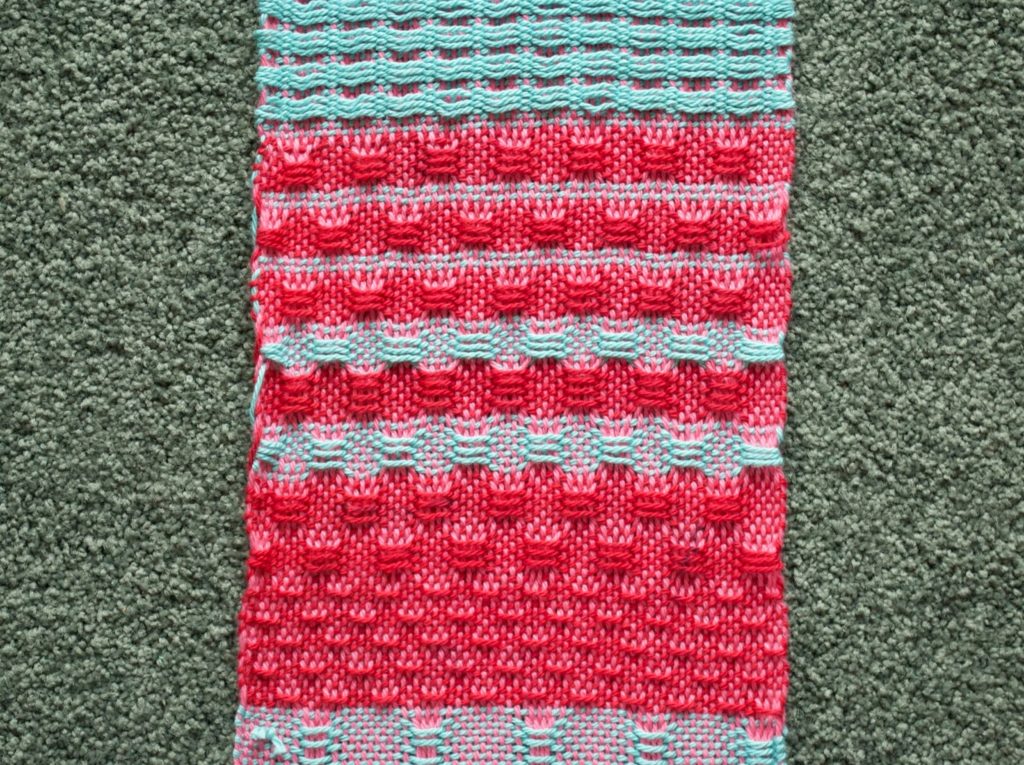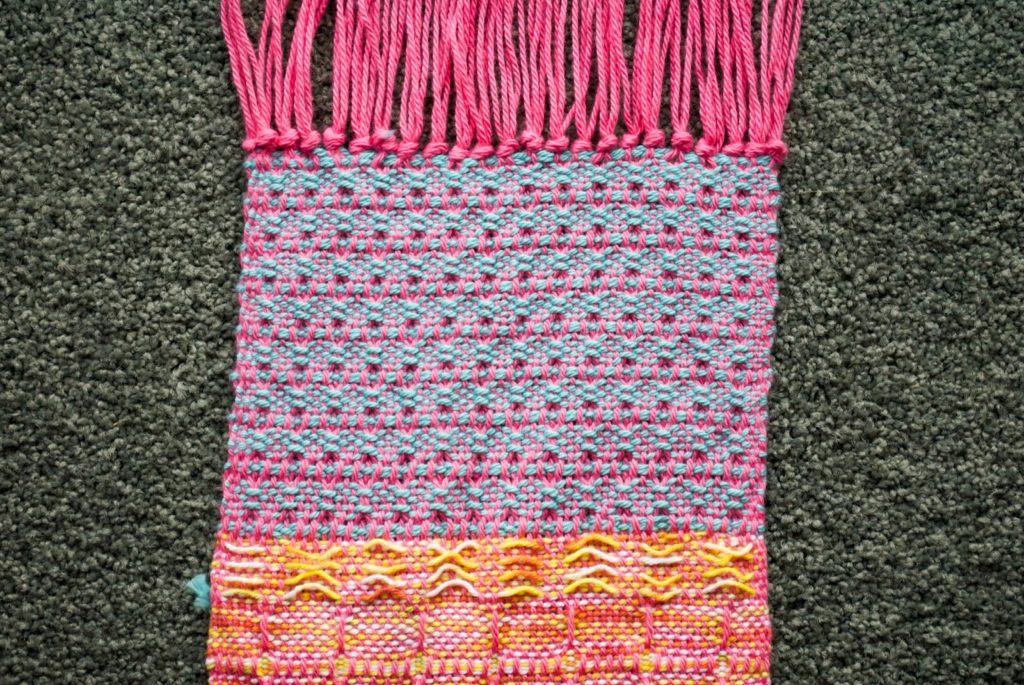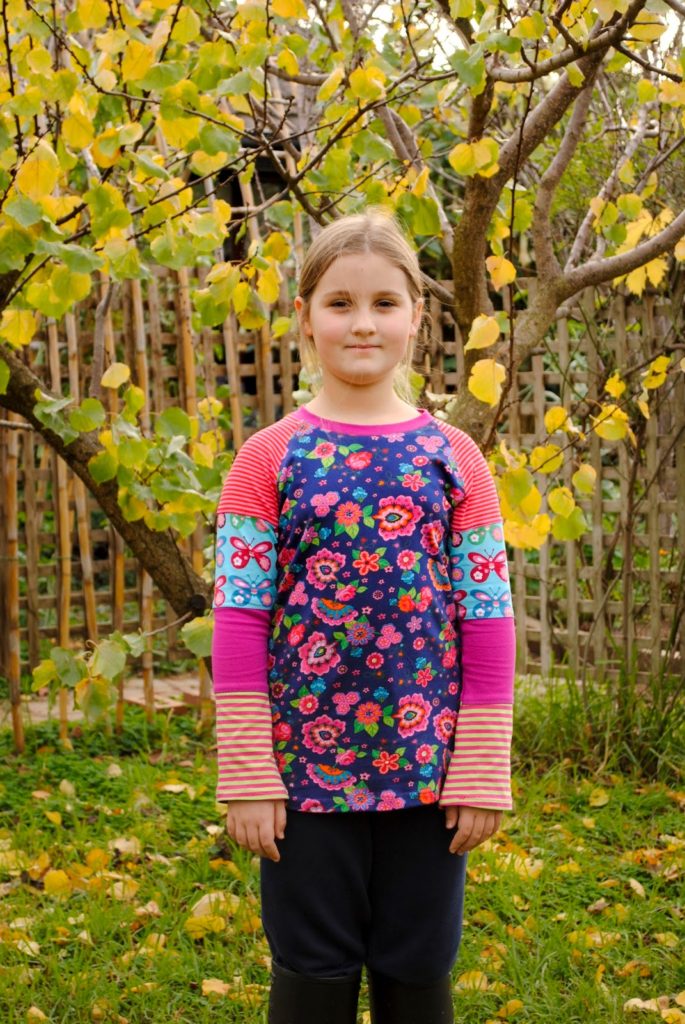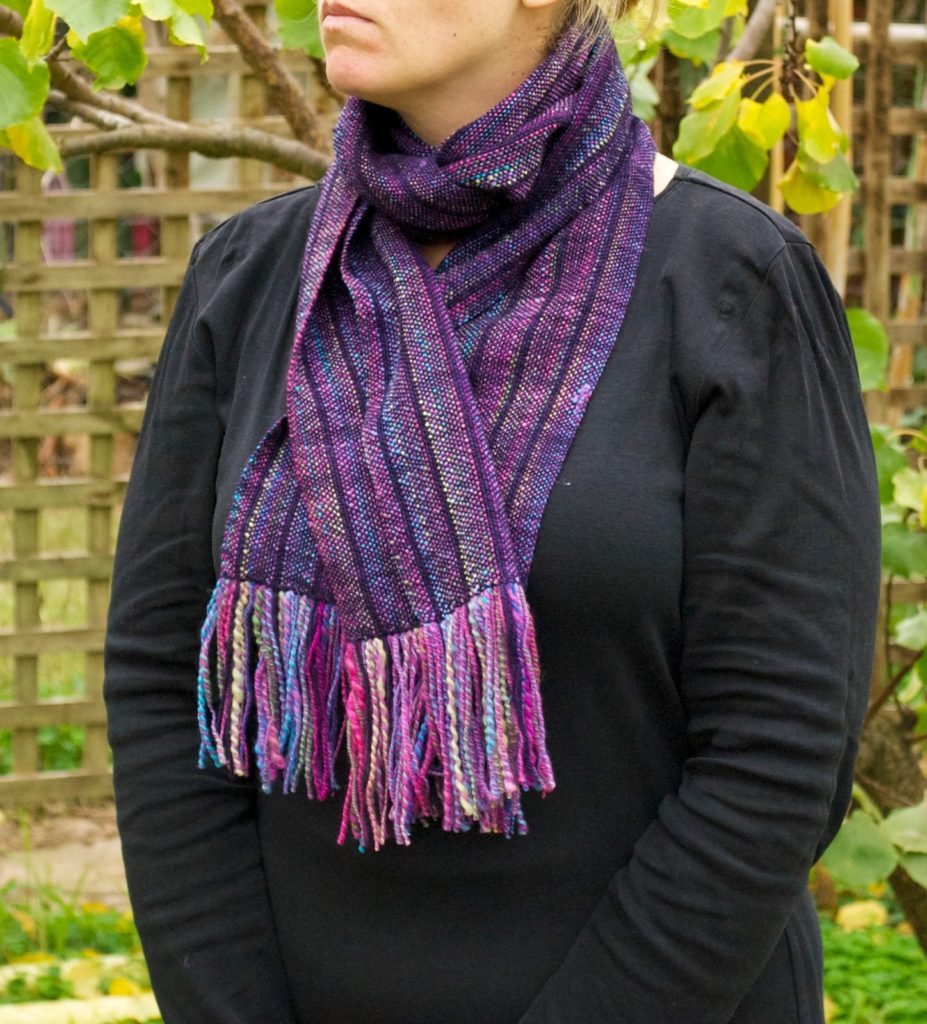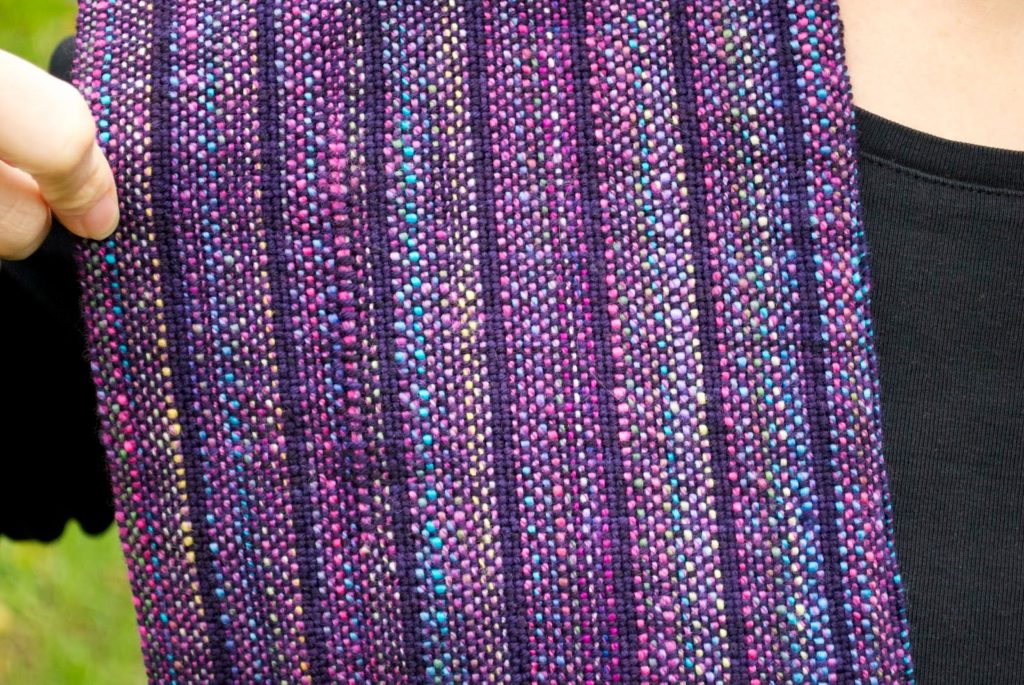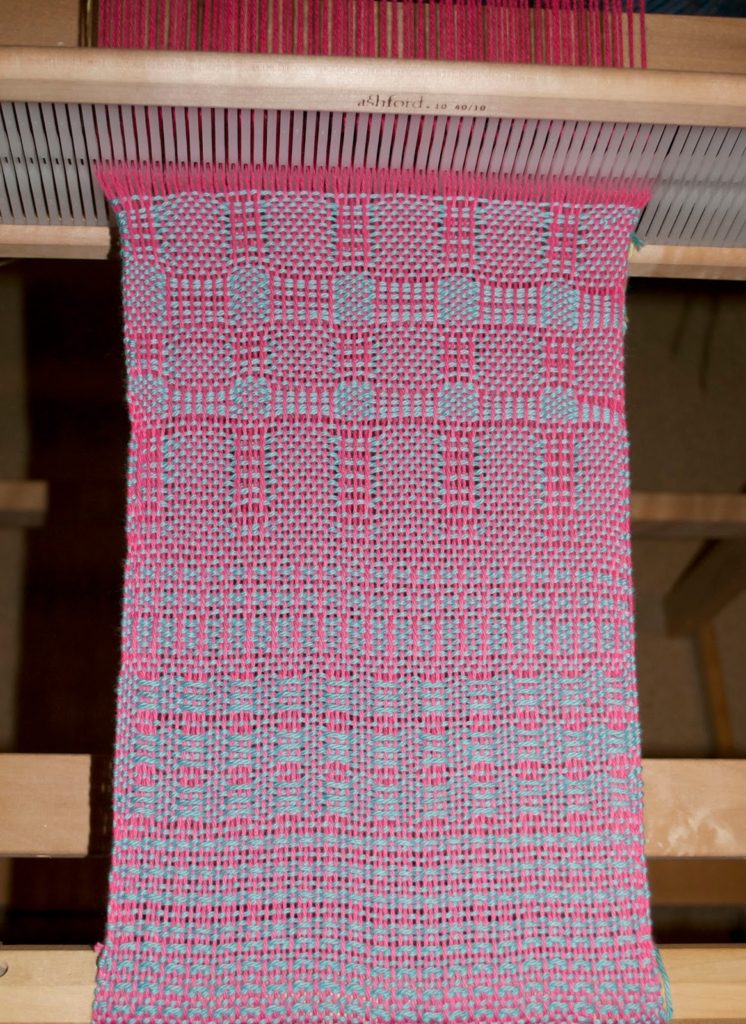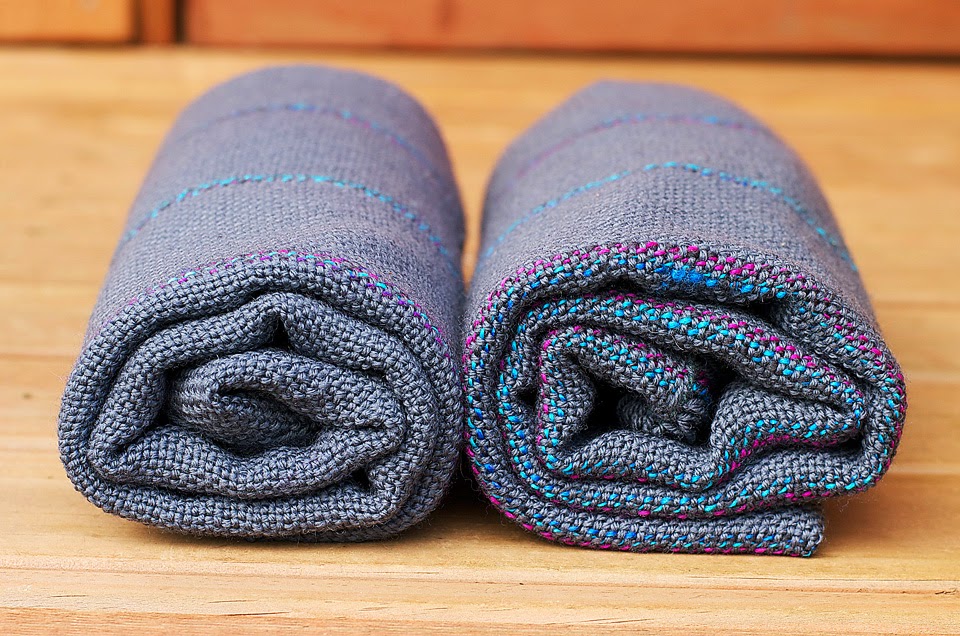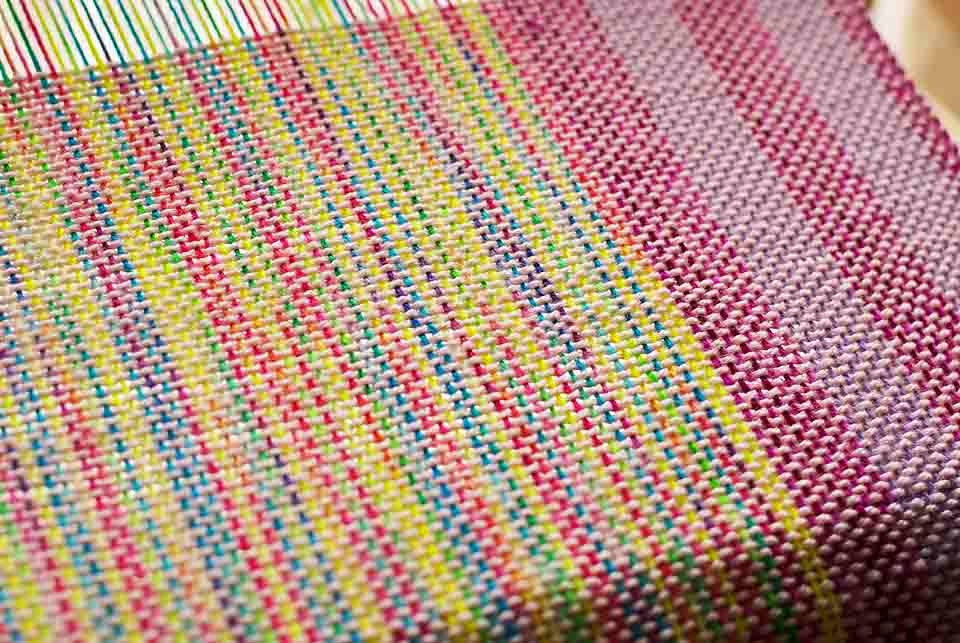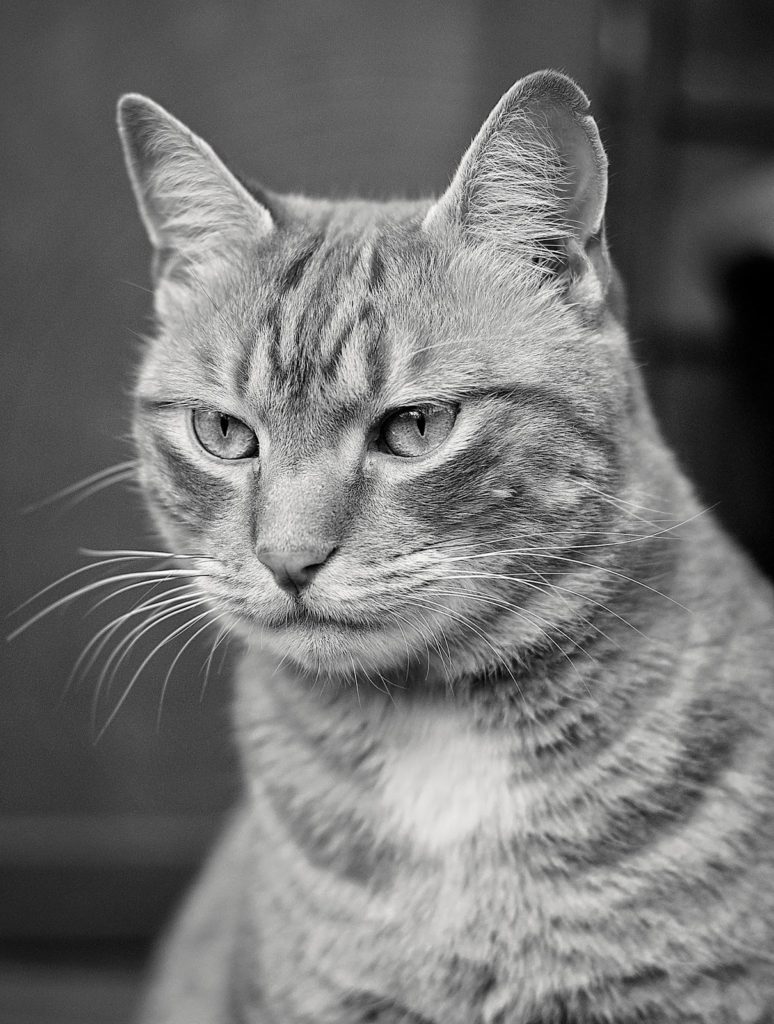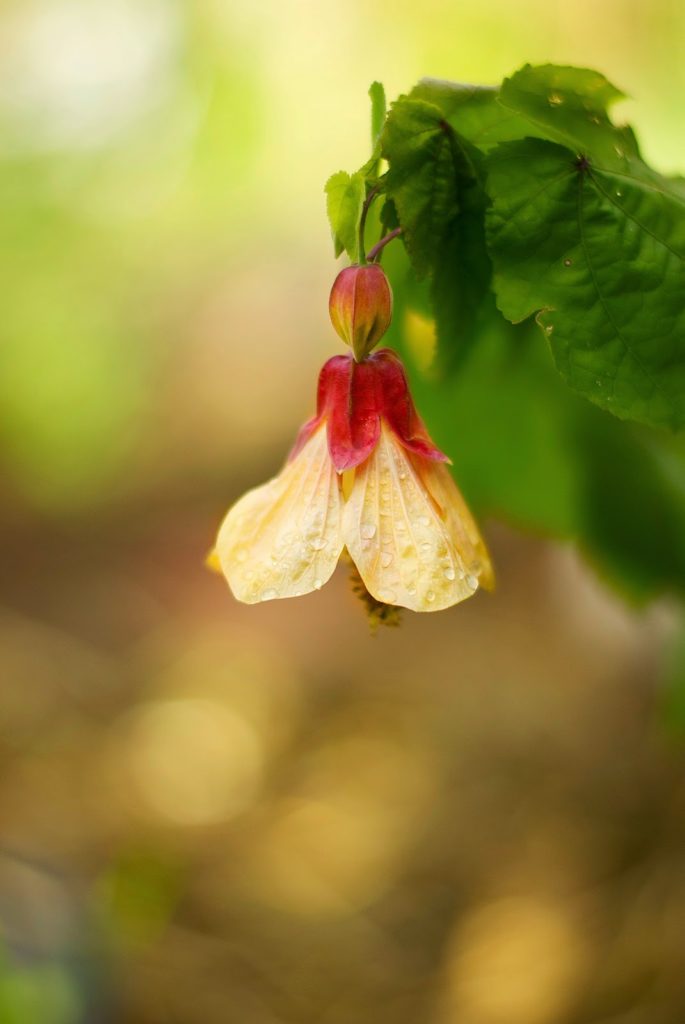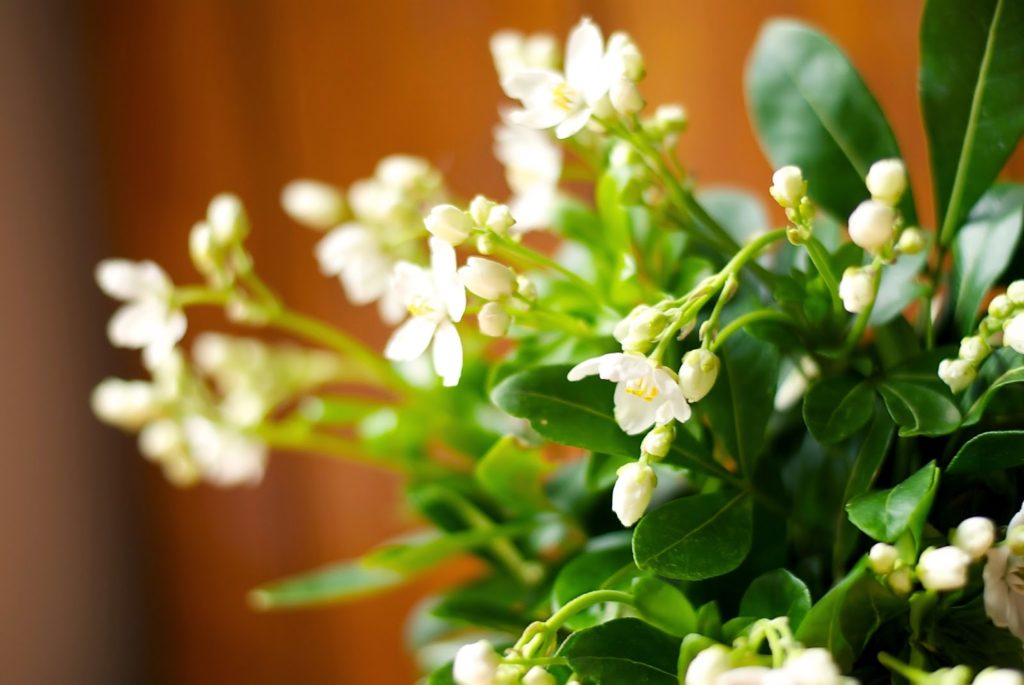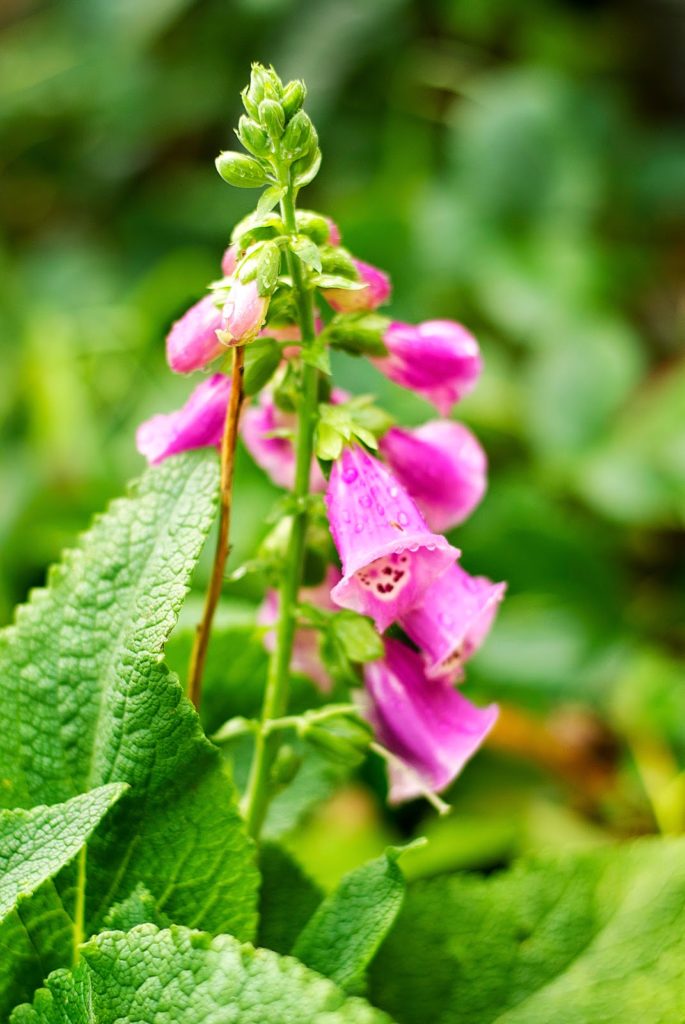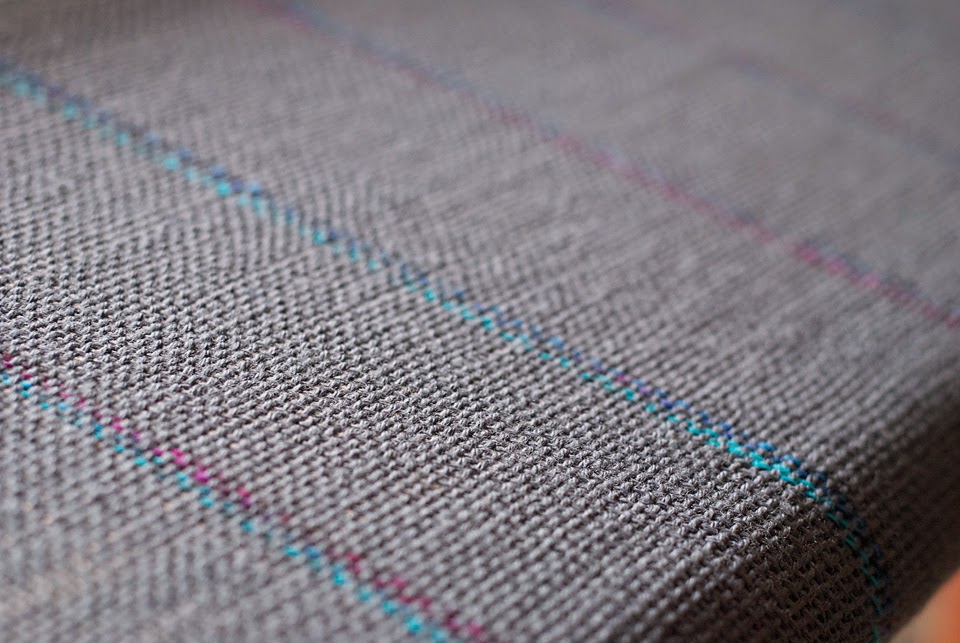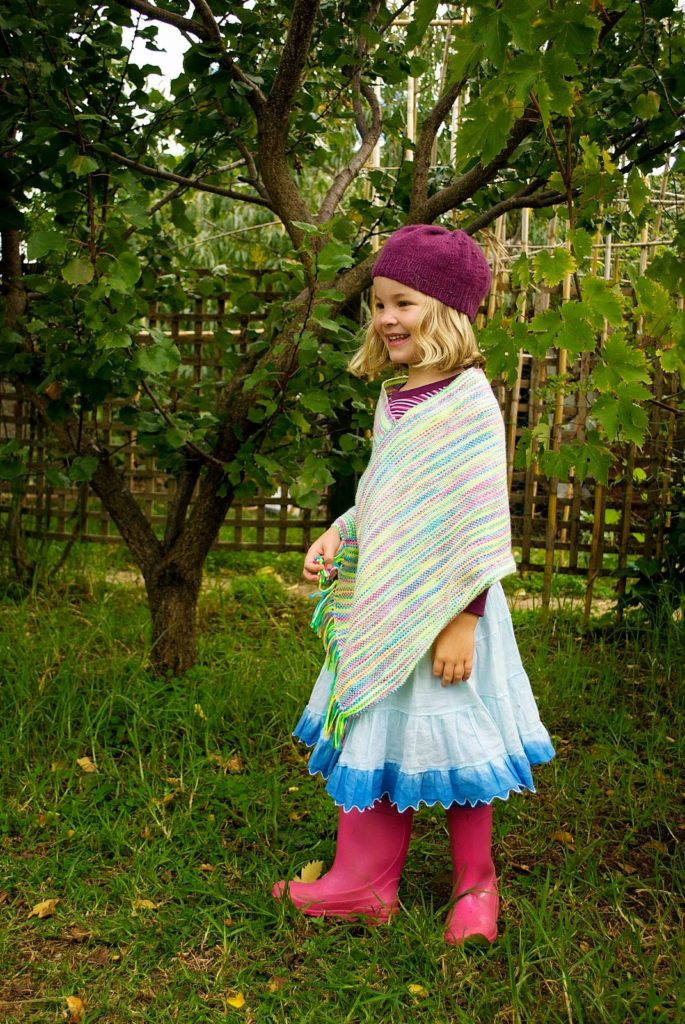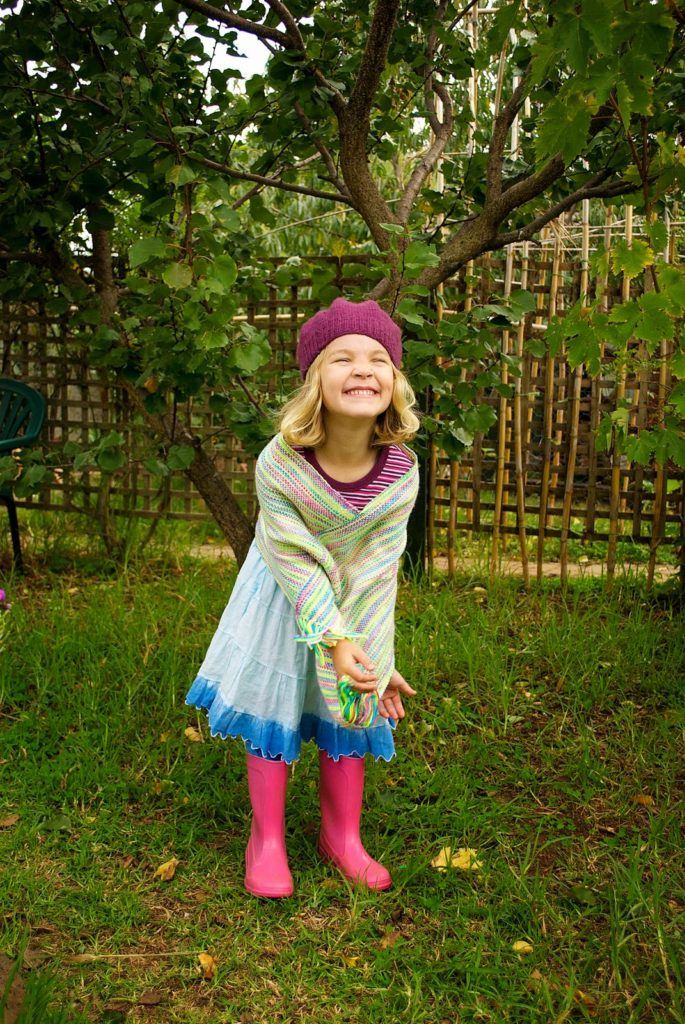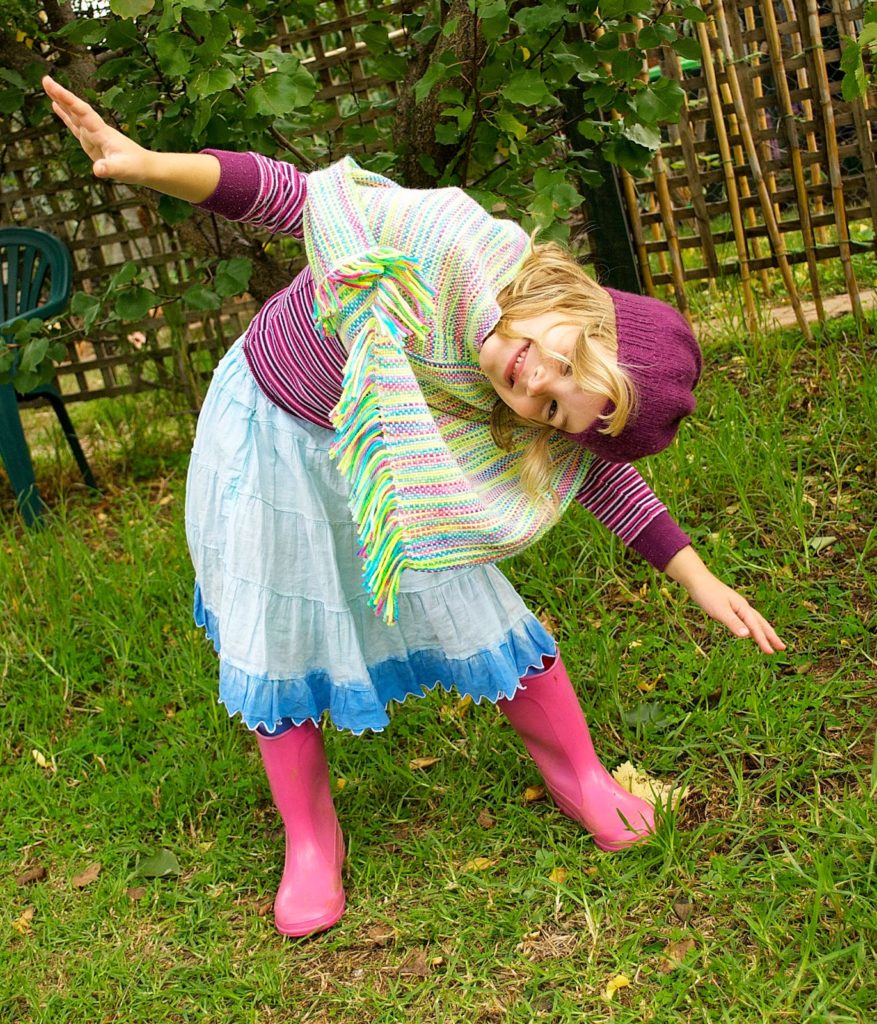And here is a sneak peek for you of what I’m currently working on, I’m going for big texture!
weaving
I’m very excited to have been interviewed by Platypus Yarns! Please hop on over to read the full interview where I talk weaving and fibre related stuff as well as give a few tips for beginners.
Scarf off the loom
Another week, another item off the loom! This one took a little longer (a lot longer) than I had envisioned, but I’m overjoyed with the result and that is what is important.
I started with some 4ply merino that I had dyed in a rainbow gradient for the warp and teamed it with grey merino for the weft.
The pattern is 3/1 weft float, which was easy to work but was a significant time investment. This is the back side of the scarf (remember, when weaving patterns you get the additional surprise of seeing a different pattern on the underside!)
And this is the top side. See all those little grey floats?
I love the scarf and the colour arrangement has given me ideas of using a tencel or silk yarn for a real shimmer.
Available for sale in my Etsy shop now.
So, next project? You bet I have one planned already, in fact, I have a whole queue of them! Towels. Experimental towels. Stay tuned 🙂
New ideas and new stuff for weaving
Lots of new things happening for me with weaving! I’m still experimenting with pick up sticks. This pattern is a 3/1 weft float and uses just one pick up stick. I paired a grey weft with a gradient warp and I’m just loving the effect!
Some new 10ply cottons from Bendigo Woollen Mills arrived today, I have some interesting plans for them in the form of towel and face washer gift packs – we’ll see if they turn out first though!
Also newly arrived from Petlins, I splashed out on a new heddle for the loom plus some 8/2 cotton. This is the finest heddle you can get for the rigid heddle loom at 12.5 dent and the cotton is also fine – I have tea towels in mind but I think weaving this fine will be time consuming. It’s disappointing that I can’t use Australian cotton for this as I normally would – as far as I can tell there are no Australian weaving cottons.
So that’s my weaving taken care of for the foreseeable future, one project at a time 🙂
My favourite place at home
Rhonda from the Down to Earth blog has been showing her favourite place at her home and has invited readers to do the same, so I thought I would join in!
This is what I call my studio, but in reality is a corner of our second living room. We are very blessed to have two living rooms. It is right next to a large window, which is important because it’s a darkish room.
This little space houses my sewing machines, weaving loom and spinning wheel as well as a lot of odds and ends that are regularly used. The less regularly used things are put away in various hidey holes around the house.
What I love about this space is that it’s mine! That’s not to say that the table is not a dumping ground for all things that “need fixing” (oh, so many!) but generally the space is reserved exclusively for my creative work. It’s also a functional and versatile space. I couldn’t list the number of things that I do here, but with my love of fibre and textile arts, you can probably use your imagination 🙂
Yes, I dream of having a larger space or a proper studio one day (there is the issue of where my next loom is going to go!) but I am so grateful to have a dedicated space where I can find what I need and don’t have to move things around too much.
I’m looking forward to seeing your favourite spaces too. I must confess, Rhonda’s front verandah looks like a dream come true!
Hand woven shawl, poncho, wrap???
I had this fabric sitting around and wasn’t sure what to do with it. Yesterday, inspiration struck, I tried some pinning, then some sewing and finished up with a beautiful, warm and drapey garment that I’m quite taken with!
Here is the back view.
I said to my husband “if I was thinner I could wear it with a belt”. He said “wear the belt anyway”. Awesome husband 🙂
It’s a versatile piece – it can be a wrap, a poncho, a shawl, it’s pretty cool!
And what would a photo shoot be without Lou (aka Noodleberry).
I posted the garment on Facebook and a lot of people want details, so I will try to recall what I can!
The cloth: Woven in 2 panels 140cm x 50cm (one panel was slightly longer)
Both panels were hemstitched on the loom.
I used 4ply merino (grey) and my hand dyed handspun in the warp for the stripes.
I used a 10 dent heddle on my rigid heddle loom.
The construction: I lay one panel on top of the other. Taking the top panel, I made a full twist in it (like a mobius scarf). Woven fabric is reversible, so both sides look good, major bonus 😉
Leaving a neck hole, I pinned the panels so that they would be joined for 24cm. I tried it on numerous times, adjusting the pins to get a good fit. Then I sewed the panels together on the sewing machine, pressed the seams open, then topstitched the seams down to strengthen them.
Apart from wet finishing the fabric and cutting the fringe straight with a rotary cutter, that’s about it.
If you have more questions, ask away!
Weaving sampler
I’ve always avoided doing samples of just about anything, I’m a “just get me to the good part!” kinda girl! But I finally bit the bullet and decided to warp up the rigid heddle loom with cotton (so I can sew them into dish cloths and make the sampler useful). Armed with Jane Patrick’s “The Weaver’s Idea Book” and a couple of pick up sticks I just leafed through, picked a pattern I wanted to try and started.
What a surprise! Weaving patterns is not hard. I repeat. Weaving patterns is not hard! Why did I have this in my too hard basket for so long? Most of these patterns were made with one pick up stick, then once you’re used to that it’s easy to introduce a second stick.
Above you can see a honeycomb pattern, some lace variations and some grouped and paired warp floats. Unfortunately I didn’t write down the patterns as I went, so lost track of a few.
As I wove pattern after pattern I realised just how many patterns are possible. Hundreds.
See the diamond shapes? I did a little surface embellishment with different coloured cottons and a tapestry needle. So effective!
Some more surface embellishment on the orange weave here, just tying in little knots for fun. The pink and blue you see here is a windowpane weave, which is gorgeously textured.
And now for the super cool part. Flip your work over and you have a completely new set of patterns – yes, most of the patterns are reversible and look different on each side.
The back of the honeycomb weave becomes a series of curved weft floats.
The back looks just as good as the front but totally different!
I’ve learned so much from weaving this sampler and it was well worth the time investment.
I discovered things like if you’re weaving different patterns on one piece you need to be aware that individual patterns will have their own draw in rates, so you need to be aware of that unless you want wonky edges.
I learned that my humble rigid heddle weave is capable of much more than I gave it credit for and I still have plenty more to explore.
I learned not to be so afraid of trying something new.
I learned that making great cloth is not hard and is fun and interesting.
So, now I’m settled on a pattern to use for the scarf I’m doing to enter into the Melbourne Show. I’m working on it right now, can’t wait to show you when it’s finished!
Making for cold weather
We’ve had a cold snap this week, Winter is really here. My oldest girl has nearly worn out her handmade tops, so it was time for a new one. The beautiful navy floral print is a gorgeous Stenzo knit from Zebra fabrics, it’s so incredibly soft. Other prints from Crafty Mamas.
The loom is always dressed these days! For this scarf I used hand dyed merino and also my hand dyed, handspun. Simple placement of colours gives such a great effect!
Thin stripes of solid colour paired with a variegated handspun makes a party of colour dots, I love it.
This is a sampler I’ve been working on. I thought it was about time for me to see what this rigid heddle loom can do, I’ve been lazy with all this plain weave! Using Jane Patrick’s book “The Weaver’s Idea Book” I’ve tried out about 8 different patterns using pick up sticks and it’s really not hard!
I posted this photo on the Facebook rigid heddle weaving group, encouraging members to have a go at making patterns and the response was huge! It seems I’m not the only who was stuck in the plain weave comfort zone.
I’ll be utilising some of these newly learned techniques to weave a scarf to enter in the Royal Melbourne Show weaving section, can’t wait to get started!
Fickle
I’ve definitely caught the weaving bug now that the weather is cool and often rainy. The loom is very well dressed these days!
Sometimes I lament that I seem unable creatively to stick to one thing for long – as the title of this post suggests, I am very fickle! I become obsessed with doing something (weaving right now) for a length of time, and then it’s on to the next thing.
This can have benefits – I do come back to things, they don’t get abandoned entirely, unless I really don’t enjoy it. I’m fairly multi skilled and most, if not all of those skills can be used together. However, I often think it would be really wonderful if I could keep the focus on just one or two things and really build that skill to a high level. It seems that the need for change and newness are just part of my restless nature.
I’m still taking photos but the photography passion has subsided a little too. Sigh, such a pity. I’ll keep going regardless, I still have much to learn and many improvements to make.
The rain brings fresh inspiration and life to the garden. We have lots of plans for renewing the garden.
The mexican orange blossom is so pretty in a vase with it’s dark, lush leaves and dainty, sweet flowers.
Plenty of lemons on the tree, but no eggs from the chooks! I just find that when there are lemons around I always want some eggs as well.
The classic and dainty foxglove.
How about you? What’s happening in your part of the world? How are you finding the gradual change in seasons? What are you working on? I’d love to hear from you!
Only half way?!
It’s a little bit sobering to spend hours on a project and only be half way through. I don’t know what I was expecting, but weaving a 3.5 metre in 4ply takes a really long time! Now I really hope the project works out as I envisioned!
I begin to think that more than one loom is a really super idea, I have more projects I want to get on with!
Anyway, here is a work in progress shot of the looooong project.
Hopefully I’ll be back before too long to show you the finished project.
Woven poncho finished
So, the poncho is finished! The hand dyed combined with baby pink yarn worked perfectly.
The yarn is all 8ply, which gives a lovely, light, yet warm feel to the garment.
At this point my little model decided that Mum had really taken enough photographs already.
We escalated into silliness.
And you know you’re pretty much done when it gets to this point!
Anyway, I’m super happy with how the poncho came out, it was a big experiment for me as I made the design from scratch. Now the question is whether to make more for the Etsy shop, what do you think?

